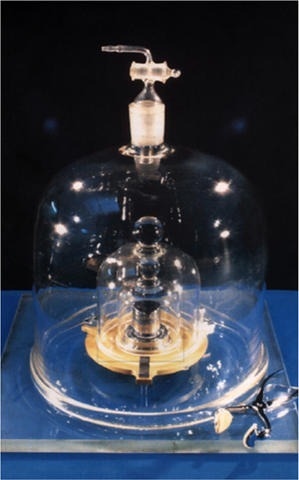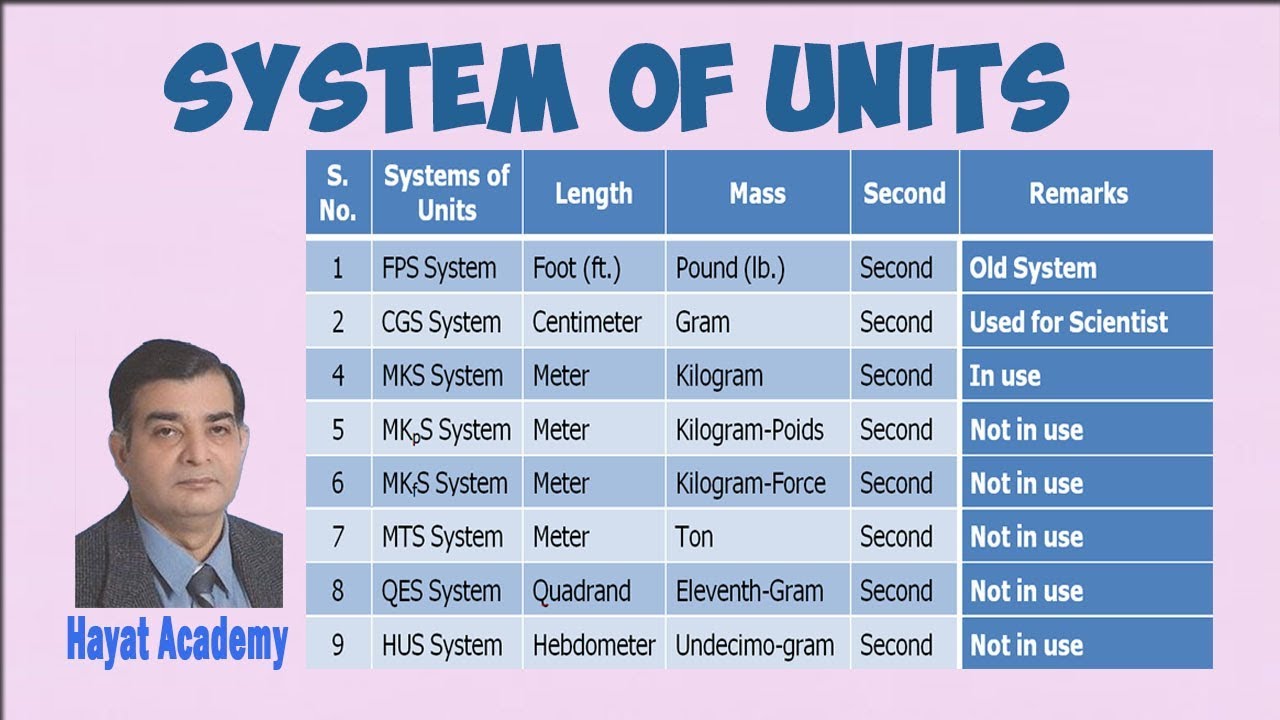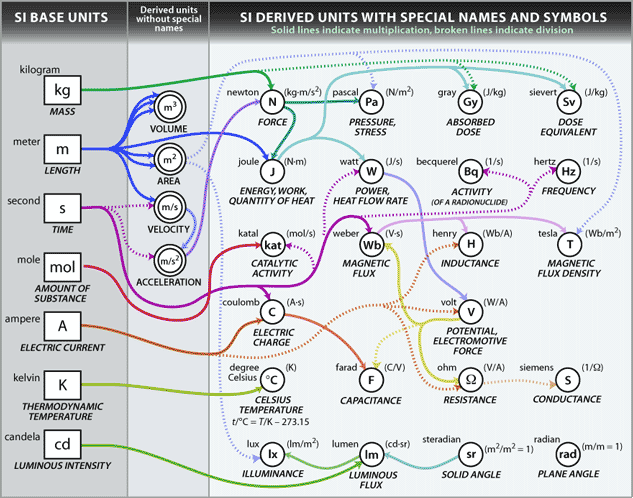Starrett Manufacturing, one of America’s initial and leading companies producing gauges, calipers and other machinist tools for precise measurement, coincidentally goes away at around the time of NIST/NBS meddling with base units of measurement.
===
Introduction:
In the world of precision tools and measurement instruments, few names carry as much weight and history as Starrett Manufacturing Company. Founded over a century ago, Starrett has become synonymous with quality, innovation, and reliability in the field of metrology. This blog post delves into the fascinating history and enduring importance of Starrett Manufacturing Company.
Origins and Founding:
The story of Starrett Manufacturing Company begins in 1880 when Laroy S. Starrett, a skilled machinist and inventor, established a small shop in Athol, Massachusetts. Initially focused on producing high-quality, precision tools for the burgeoning industrial sector, Starrett’s commitment to excellence quickly set the company apart from its competitors.
Innovation and Growth:
One of the key factors behind Starrett’s success was its relentless pursuit of innovation. The company introduced several groundbreaking products that revolutionized the way measurements were taken and accuracy was ensured. For example, the Starrett combination square, introduced in 1877, became a standard tool in workshops and factories worldwide, known for its versatility and precision.
Over the decades, Starrett continued to expand its product line, introducing precision measuring tools such as micrometers, calipers, levels, and gauges. These tools not only met the exacting standards of industry professionals but also contributed significantly to the advancement of manufacturing processes across various sectors.
Quality and Reputation:
Central to Starrett’s enduring importance is its unwavering commitment to quality. The company’s tools are renowned for their accuracy, durability, and reliability, making them indispensable assets for engineers, machinists, and craftsmen. Starrett’s reputation for precision has earned the trust of customers globally, cementing its position as a leading provider of metrology solutions.
Impact on Industry:
The impact of Starrett Manufacturing Company extends far beyond the confines of its factory walls. The company’s precision tools have played a crucial role in advancing industries such as automotive, aerospace, construction, and medical devices. From ensuring precise measurements in manufacturing processes to maintaining safety standards in critical applications, Starrett’s products have become indispensable in modern industry.
Continued Innovation and Adaptation:
Even as technology and manufacturing methods evolve, Starrett remains at the forefront of innovation. The company continues to develop cutting-edge metrology solutions, incorporating digital technology, automation, and data analytics to meet the changing needs of industry professionals. This commitment to innovation ensures that Starrett remains a trusted partner for precision measurement challenges in the 21st century and beyond.
Conclusion:
In conclusion, Starrett Manufacturing Company stands as a testament to the enduring value of precision, quality, and innovation in the world of metrology. From its humble beginnings to its global reputation, Starrett’s legacy continues to shape the way measurements are taken, accuracy is achieved, and industries thrive. As industries evolve and demand for precision tools grows, Starrett remains a beacon of excellence, driving progress and setting the standard for precision manufacturing worldwide.
===
Title: Evolution of Measurement: How NIST Changed the Base Units of Meter, Kilogram, and Second
Introduction:
The world of measurement and metrology underwent a significant transformation with the redefinition of base units by the National Institute of Standards and Technology (NIST). In this blog post, we delve into the evolution of measurement standards and explore how NIST’s changes impacted the base units of meter, kilogram, and second.
Background of Base Units:
The International System of Units (SI) is based on seven fundamental base units, including the meter (length), kilogram (mass), and second (time). These units serve as the foundation for scientific and industrial measurements, ensuring consistency and accuracy across different fields of study.
Redefinition of the Meter:
Traditionally, the meter was defined in relation to a physical object – initially, it was defined as one ten-millionth of the distance from the equator to the North Pole along a meridian passing through Paris. However, this definition had limitations in terms of precision and universality.
In 1983, NIST, along with other national metrology institutes, adopted a new definition of the meter based on the speed of light in a vacuum (299,792,458 meters per second). This redefinition, known as the “meter convention,” provided a more precise and universal standard for the meter, tying it directly to a fundamental constant of nature.
Redefinition of the Kilogram:
The kilogram, originally defined as the mass of a specific platinum-iridium cylinder known as the International Prototype of the Kilogram (IPK), faced similar challenges of variability and susceptibility to damage or wear.
In 2019, NIST and other international organizations redefined the kilogram in terms of the Planck constant (h), a fundamental constant of quantum physics. This redefinition, known as the “Kibble balance” or “Watt balance” method, provides a more stable and reproducible standard for the kilogram, independent of physical artifacts.
Redefinition of the Second:
The second has historically been defined based on astronomical observations, such as the Earth’s rotation. However, variations in the Earth’s rotation made this definition less precise for scientific and technological applications.
In 1967, the second was redefined in terms of atomic time using the frequency of radiation emitted by cesium atoms (9,192,631,770 cycles per second). This definition, known as the “atomic clock” definition, revolutionized timekeeping and provided a highly accurate and stable standard for the second.
Impact and Benefits of NIST’s Changes:
NIST’s redefinition of base units has several significant impacts and benefits:
1. Improved Precision: The new definitions based on fundamental constants offer greater precision and stability in measurement standards.
2. Universality: By tying base units to fundamental constants, the standards become universal and independent of physical artifacts or natural phenomena.
3. Technological Advancements: The redefined base units support advancements in scientific research, technology development, and international collaboration.
4. Future-Proofing: NIST’s changes future-proof measurement standards, ensuring their relevance and accuracy in evolving scientific and industrial landscapes.
Conclusion:
The redefinition of base units by NIST marks a pivotal moment in the history of measurement standards. By embracing fundamental constants and modern measurement techniques, NIST has enhanced the precision, universality, and reliability of base units like the meter, kilogram, and second, paving the way for continued progress and innovation in science and technology.



